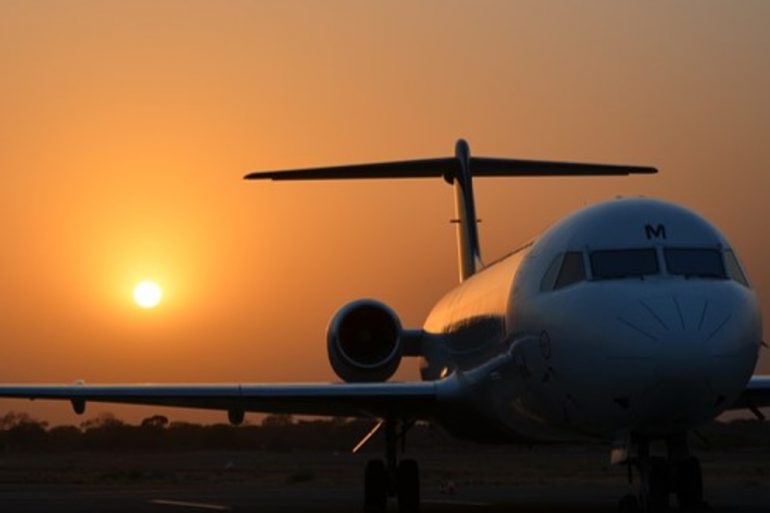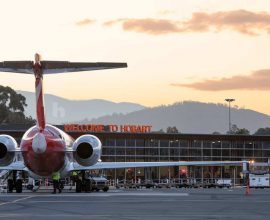Regions must not slip further away due to COVID-19
The Australian Airports Association recently heard from one regional airport that is faring better than others in this time of COVID-19.
They still have air services to their community, although there are fewer flights, fewer passengers and more freight these days.
They are working hard to keep the airport open to keep essential services going and are holding on to every flight that they can in order to maintain their supply chain. And the airport is losing money in the process.
The local government council that operates the airport estimates they will have to divert 20 per cent of their ratepayer income over the next three or four months just to keep the airport operational.
That is a huge cost to the community.
They’ll do it because their community relies on essential connections to city centres in order to function. But they may also need to have a hard look at what will have to give in the wider local government area to make sure their runway stays open.
It’s hard to believe that this could be an airport that is doing better than others. But the fact is, many have seen Regular Passenger Transport flights disappear or scale back to the bare minimum.
For some of those regional airports, closure is a real possibility as cash flows dry up. And that is a dangerous prospect because reopening might require significant work to get back up to compliance.
That’s why immediate government assistance is needed to support regional airports as soon as possible.
Regional airports did not come into this crisis in a position of strength – they have been struggling against rising costs of compliance for years now.
In 2014-15, more than 60 per cent of regional airports recorded a budget deficit. For many, those deficits were expected to persist for at least a decade.
And in that time, costs were expected to rise almost 40 per cent, adding to the pressures facing our regions.
Despite these rising costs, many regional airports had maintained or reduced real airport charges over the last five years to retain essential air services to their communities.
The local governments that operate most regional airports know the importance of maintaining access to air services to their communities.
They are a lifeline for people living in our outermost regions, connecting them to emergency services, health services in the city, boarding school and work opportunities.
There are almost 4000 jobs generated by regional and remote airport precincts across the country. And that brings people, families and opportunity to the regions.
That is why they must be supported in this most extraordinary time.
Today, regional airlines can access support to underwrite selected services and keep them in the air.
In total, more than $1 billion in aviation assistance will go almost exclusively to airlines. That funding is welcomed to make sure our airlines are sustainable and ready to support the recovery.
But aviation is more than airlines.
Regional airports cannot sustain the significant costs of keeping their airports safe, compliant and operational on little or no income.
They are struggling to hold onto their staff because, as local government operations, they are generally not eligible for JobKeeper payments.
At the very least, we cannot risk airport staff losing their jobs in the regions.
It’s taken a lot of work by airports to bring skilled people to the regions, and a lot of time and money to train them in the unique requirements of airport operations in order to maintain the outstanding safety reputation of our industry.
If regional airports cannot keep these valuable people employed, it’s most likely they will leave their communities in search of work in our city centres.
That would be a tragedy for their communities and could make a return to normal operations for regional airports extremely difficult in the short term.
The AAA has also called for the immediate release of Regional Airports Program grants, and for co-contribution conditions associated with the program to be waived.
The Federal Government announced the landmark, $100 million program last year and the award of the initial round of grants was due before the end of the financial year. The program is already budgeted and the applications are already in.
It will provide funding for essential maintenance and upgrades such as fencing and lighting at those airports that need it most.
And this work could create or save jobs at a time where so much work has stopped.
These are simple measures that will allow regional airports to fight another day in these most extreme circumstances.
Now is the time to stand up for our regional airports so they can keep operating through this crisis.
Because the legacy of COVID-19 cannot be that regional communities slip further away from the rest of us.
By Simon Bourke
Simon is the Australian Airports Association A/Chief Executive Officer and Policy Director. This column first appeared in Australian Aviation.





